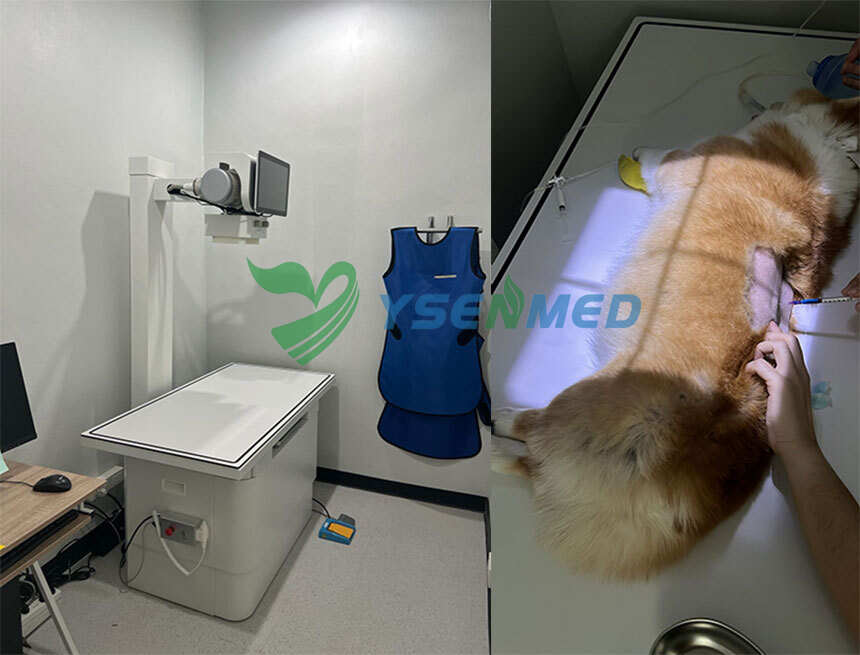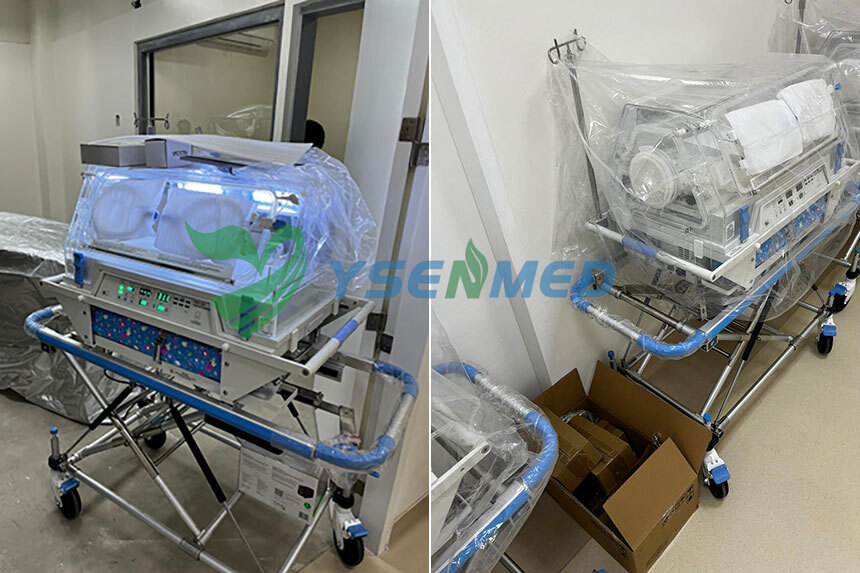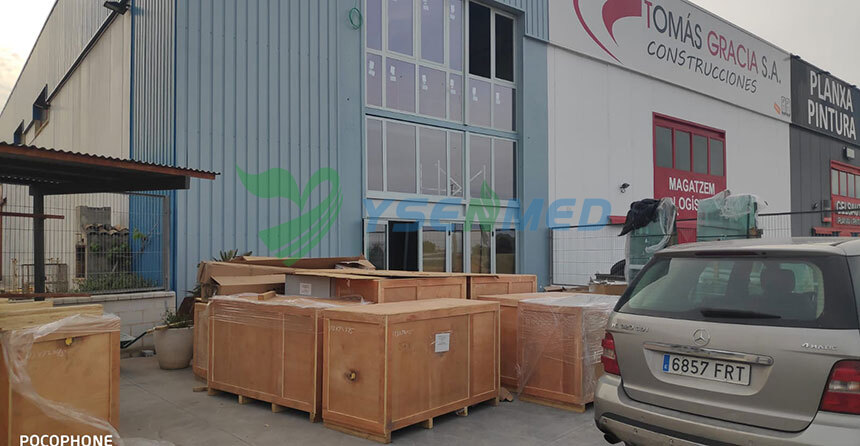Introduction:
Brief introduction to gene therapy and its significance in medical research
Overview of the role of centrifugation in gene therapy applications
Importance of Centrifugation in Gene Therapy:
Explanation of how centrifugation is used in gene therapy processes
Separation of viral vectors, plasmids, and other genetic materials
Key Considerations for Choosing Table-Type Low-Speed
Centrifuges:
Capacity requirements for gene therapy samples
Speed and RCF specifications for efficient separation
Control and programming features for customization
Sample Preparation and Purification:
Centrifugation techniques for isolating and purifying gene therapy vectors
Importance of low-speed centrifugation in maintaining vector integrity
Safety Measures:
Lid locks and other safety features to protect users and samples
Importance of following safety protocols when working with gene therapy materials
Noise and Vibration Control:
Impact of noise and vibration on gene therapy samples
Features to consider for minimizing noise and vibration during centrifugation
Maintenance and Service:
Availability of spare parts and service support for table-type low-speed centrifuges
Importance of regular maintenance to ensure optimal performance
Future Trends and Developments:
Overview of emerging technologies and advancements in table-type low-speed centrifuges
Potential impact on gene therapy research and applications
Conclusion:
Recap of the role of table-type low-speed centrifuges in gene therapy
Importance of selecting the right centrifuge for efficient and safe gene therapy processes
Investigating the Role of Table-Type Low-Speed Centrifuges in Gene Therapy
Gene therapy has emerged as a promising field in medical research, offering potential treatments for a wide range of genetic disorders. The ability to modify and manipulate genes opens up new possibilities for targeted therapies and personalized medicine. However, the success of gene therapy relies heavily on the efficient and accurate delivery of therapeutic genes into target cells. This is where table-type low-speed centrifuges play a crucial role.
Centrifugation is a widely used technique in molecular biology and biotechnology. It involves spinning samples at high speeds to separate components based on their density. In the context of gene therapy, centrifugation is employed to concentrate and purify viral vectors, which are commonly used to deliver therapeutic genes into cells.
Table-type low-speed centrifuges are specifically designed for small-scale applications and are ideal for gene therapy research. These centrifuges offer several advantages over high-speed models, making them an indispensable tool in the field.
One of the key advantages of table-type low-speed centrifuges is their ability to operate at lower speeds. Unlike high-speed centrifuges that can reach speeds of up to 20,000 revolutions per minute (RPM), table-type models typically operate at speeds between 1,000 and 5,000 RPM. This lower speed range is optimal for the gentle separation of biological samples without causing damage to delicate particles, such as viral vectors.
Another advantage of table-type low-speed centrifuges is their compact size and ease of use. These centrifuges are designed to fit on laboratory benches, saving valuable space in the lab. They are also equipped with user-friendly controls and interfaces, allowing researchers to easily set parameters such as speed, time, and temperature. This convenience is particularly important in gene therapy research, where multiple samples may need to be processed simultaneously.
Table-type low-speed centrifuges also offer a wide range of rotor options, allowing researchers to choose the most suitable configuration for their specific needs. Different rotor types can accommodate various sample volumes and tube sizes, providing flexibility in experimental design. This versatility is crucial in gene therapy research, where the quantity and type of samples can vary significantly.
In addition to their practical advantages, table-type low-speed centrifuges also contribute to the overall safety of gene therapy research. These centrifuges are equipped with advanced safety features, such as automatic lid locks and imbalance detection systems, which minimize the risk of accidents and sample loss. Furthermore, many models are designed with noise reduction features, ensuring a quiet working environment for researchers.
The role of table-type low-speed centrifuges in gene therapy research extends beyond viral vector purification. These centrifuges are also used for other critical steps in the gene therapy workflow, such as cell harvesting and cell fractionation. By spinning cells at low speeds, researchers can separate different cellular components based on their density, allowing for further analysis and characterization.
As gene therapy continues to advance and evolve, the demand for reliable and efficient laboratory equipment becomes increasingly important. Table-type low-speed centrifuges have proven to be invaluable tools in gene therapy research, offering precise separation capabilities, user-friendly operation, and enhanced safety features. These centrifuges enable researchers to optimize their protocols and achieve consistent results, ultimately contributing to the progress of gene therapy as a viable treatment option for genetic disorders.
In conclusion, table-type low-speed centrifuges play a crucial role in gene therapy research by enabling efficient viral vector purification, cell harvesting, and cell fractionation. Their lower operating speeds, compact size, ease of use, and safety features make them ideal for small-scale applications in the field. As gene therapy continues to revolutionize medicine, table-type low-speed
centrifuges will remain indispensable tools for researchers seeking to unlock the full potential of this promising therapeutic approach.




